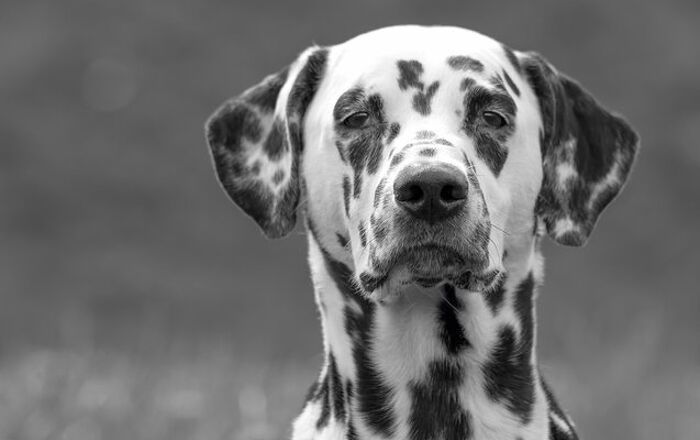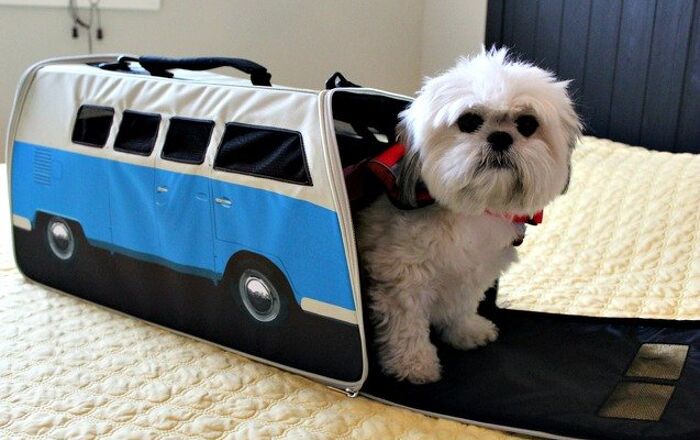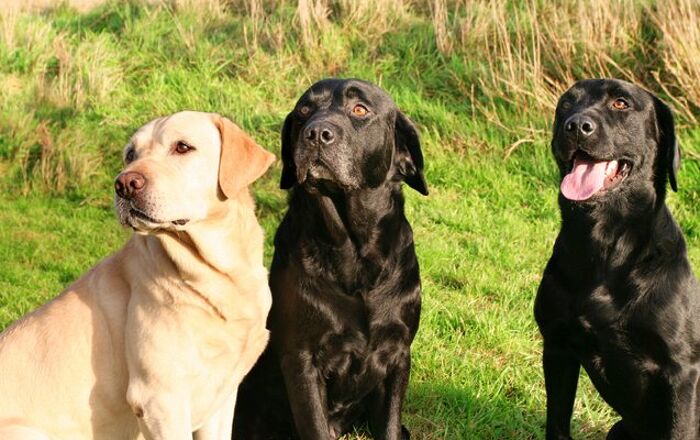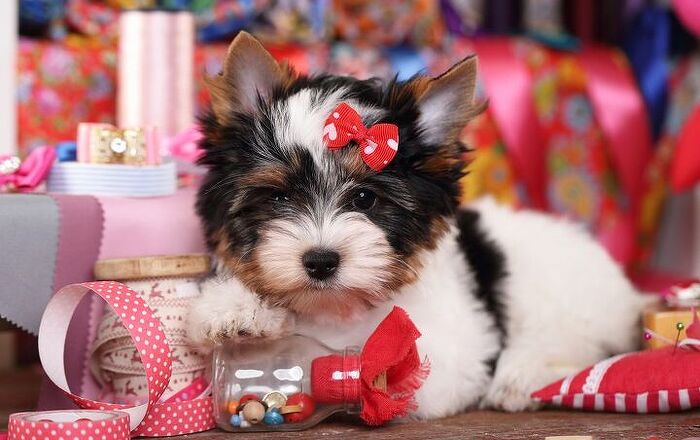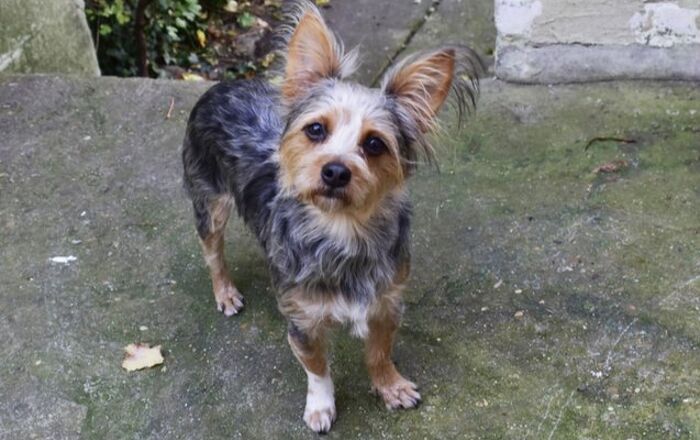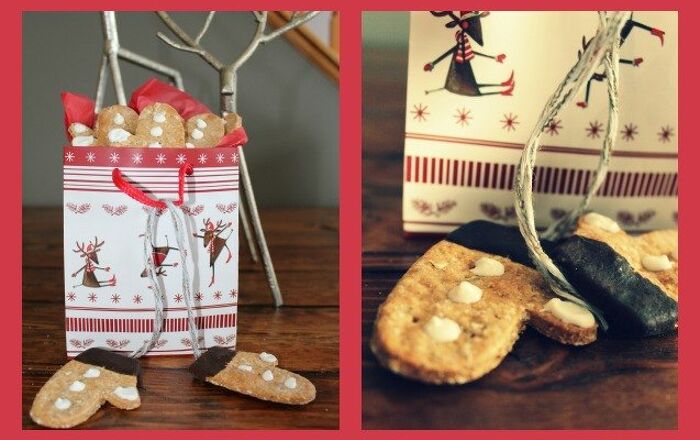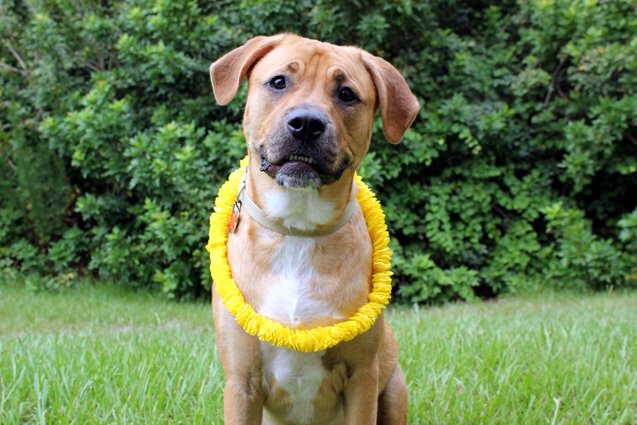
Mastador Basics
If you are specifically seeking out a dog who will quickly feel like a member of the family, then you may have just found your newest furry relative. The Mastador is a great family dog with a tremendously friendly yet protective nature. Gentle giants in the truest sense, these large dogs might look intimidating to some, but they are actually very sweet and make perfect pets for families. Some dogs are big enough to pose a threat, while others are big enough to cuddle properly. The Mastador falls into the latter category. They love affection, being involved in family activities, as well as playing with their owners, kids and other dogs. A Mastador can be protective and will defend their home and family if they feel it’s necessary, so socialization and behavioral training should be completed at an early age. This is a dog that requires special and attentive training, so be sure to keep that in mind and make that you are up for the responsibility.
The unique combination of traits is something that the Mastador owes purely to his parents. As a designer dog breed, this big sweetheart of a pooch is actually a mix of two purebred dogs- the Bullmastiff and the Labrador Retriever. The two parental breeds pass on the best of their traits to the offspring- accounting for the mix of protective and sweet in the Mastador. With a pedigree like that, it’s easy to see why this pooch is so beloved.
Of course, even though the Mastador is an adaptable dog that does well in various living situations, these hybrids are not a perfect match for everybody. They require experienced owners who will know how to assert themselves as the leader of the pack. Similarly, their energy levels and size should also be considered before you make a final decision.
So, is the Mastador the dog that you’ve been looking for? Well, the good news is that you’ve come to the right place to find out. All you need to do is keep your eyes glued to this page and scroll away. Everything that you could possibly want to know about these glorious canines is about to be revealed. So, to find out if your family would make a perfect match for the Mastiff and Lab mix, read on!
The Mastador is a great family dog with a tremendously friendly yet protective nature.
Origin
While his lineage hales from the United Kingdom (specifically Bullmastiff) and Newfoundland, Canada (specifically Labrador), the Mastador hybrid actually originated in the United States. Yet, apart from the place where this rare and impressive breed was first developed, there’s not much else we do know about the origin of the Mastador. The majority of designer dog breeds faces the same “issue” mainly because of the fact that there have always been around, but rather than being intentionally developed, they were often the results of accidental pairings between purebred pets. There’s very little documented history about hybrids. It’s uncertain when specific breeders even began specializing in the Mastador.
No breeders have come out and claimed that the Bullmastiff and Labrador Retriever mix was their creation, so there’s no way to know when or who first bred Mastadors intentionally. However, the general information er have about hybrids gives us an idea about the Mastiff and Lab mix, too- it’s highly likely that first litters of this new breed were born sometime in the last 15 to 20 years. Unfortunately, we aren’t able to determine much more of a specific history than that.
Pedigree
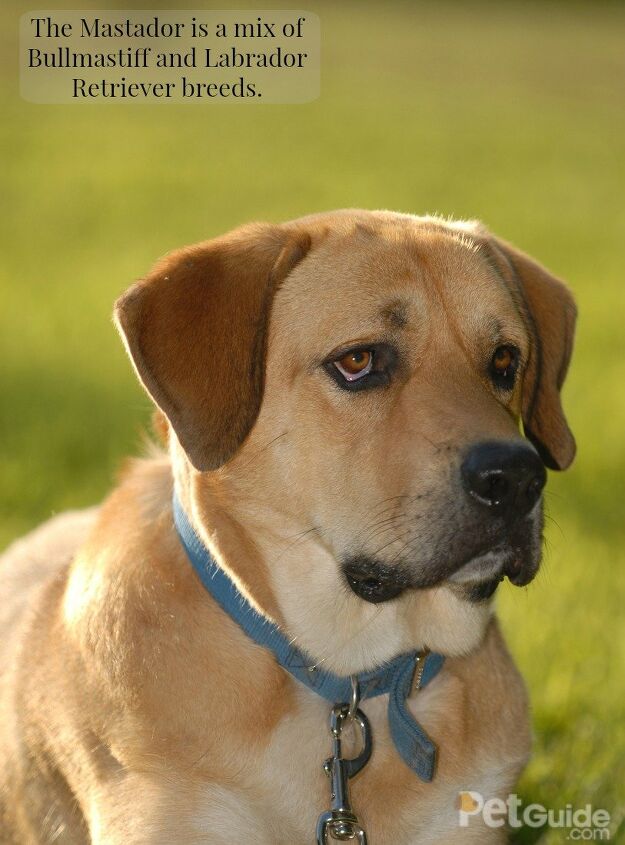
The Mastador is a mix between a purebred Labrador Retriever and a purebred Bullmastiff. This is a 50-50 percent combination of the parental breeds, also known as a first generation hybrid. There is a lot of variety with this type of designer dog breeds, so you can see Mastadors that resemble a Lab more, or those who look more like their Bullmastiff parent. Each Mastador will be unique! Which traits these puppies will take from their respective parents can change every time. It’s tough to predict how this will turn out even amongst pups born to the same litter!
Of course, there are also Mastadors that are not half Labs half Mastiffs, but rather have a greater percentage of one breed in the mix. This is achieved with multigenerational crossbreeding, where a Mastador would be bred to an unrelated Bullmastiff or a Lab. However, as this is still a rare and recent breed, multigenerational Mastadors are not commonly found.
While Mastadors are not purebred and therefore do not qualify to be registered with the American Kennel Club (AKC), the parent breeds are most certainly AKC members in high standing. The Bullmastiff was brought into the elite organization’s working group back in 1934 and is listed as brave, affectionate and loyal whereas the Labrador Retriever was registered with AKC’s “sporting” group in 1917 and is described as active, friendly and outgoing.
Food/Diet
All dogs need a well-balanced diet to stay healthy and happy, The Mastador is no exception! These pooches will do best on high-quality dry food for dogs. Naturally, not just any type of kibble will do the trick for a gentle giant such as this one. As a rule of thumb, these designer dogs do best on a formula for large, athletic breeds. Furthermore, the kibble you choose should be suitable for their age. A large breed puppy growing up fast will have to eat special type of food- which is not appropriate for an adult or senior Mastador.
As a large, active dog, the Mastador will require approximately 2-1/2 to 3 cups of high quality dry food daily. Because they can often take after the “Labrador” and eat everything in sight, it’s important to ensure that while your dog is well fed, the amount is controlled to ensure his weight remains optimal.
If you are in any way concerned about establishing or altering your dog’s diet, then it’s always worth checking in with a veterinarian first. While dog food manufacturers and pet blogs provide useful feeding guidelines, these are still just guidelines and should not be treated as gospel. The only person qualified to determine the specific dietary needs of your personal pooch is a vet, so always rely on their expertise before making any substantial changes to what goes into your pup’s food dish.
These beautiful hybrids are fairly easy to train, with a quick understanding of commands and a love of tricks and rewards for a job well done.
Training
These beautiful hybrids are fairly easy to train, with a quick understanding of commands and a love of tricks and rewards for a job well done. Unlike many breeds, they actually do well with multiple trainers however ultimately require a firm, consistent pack leader (establishing yourself as the alpha in the relationship is vital). As with most dogs, behavioral training and socializing needs to begin at an early age for the Mastiff and Labrador mix.
Weight
The final weight of a Mastador will reflect which breed ultimately dominated your dog’s gene pool: Labrador or Bull Mastiff. As a result, this pooch can range between 100 pounds (more typical of the Labrador) to 160 or even 200 pounds for some males (which reflects the Bullmastiff).
Temperament/Behavior
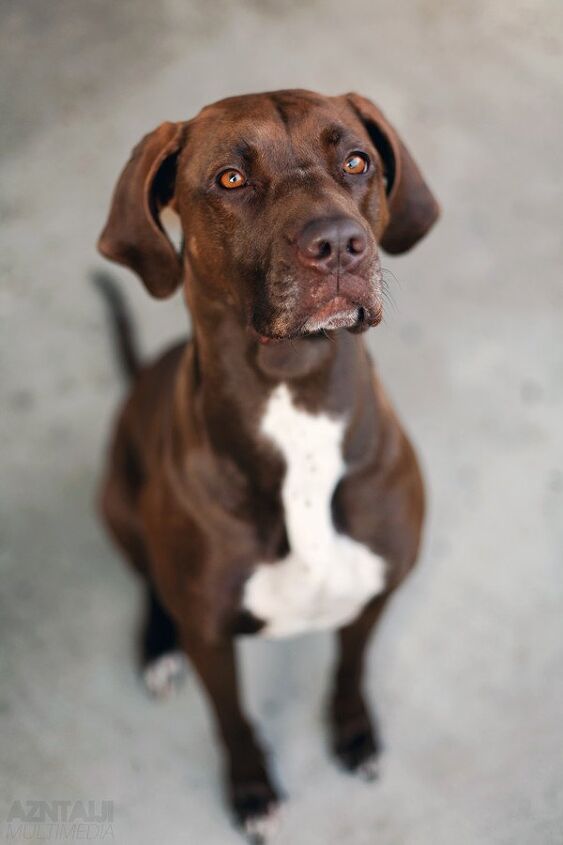
Loyal, even-tempered and affectionate are words used to describe the Mastador. While they are seldom aggressive towards humans and other pets, they are natural protectors and are quick to guard their pack and territory if they deem necessary. They are considered friendly and gentle with a love of being included in family activities. Without human interaction they can become bored, restless and destructive if left on their own for long periods of time and although he is typically a quiet dog, his protective nature means you can expect him to bark deeply when strangers approach. In other words, this is not a dog who will do well being left along in a small apartment for an extended period of time.
Common Health Problems
While most hybrids are fortunate to not be plagued by the health issues that impact their parents, the Mastador can be prone to large dog challenges such as hip dysplasia and heart problems in later life. Additionally, this floppy eared dog can run into some challenges such as infections and funky smelling ears if they are not cleaned out regularly. As always, it’s important to maintain regularly scheduled checkups with a vet to ensure that any potential health issues are identified and treated as quickly as possible.
Life Expectancy
You can expect your Mastador to live between 10-15 years.
Exercise Requirements
This is a strong, large dog, so owners need to schedule in daily walks and routine, active playtimes. He can be an indoor or outdoor dog, however while he loves a good walk or romp in the snow, he doesn’t do well for long periods in cold weather – so should not be considered if you want to have an outdoor dog. For those planning to let him out in the yard, be advised that Mastadors are skilled jumpers and can scale a fence fairly easily. For that reason, higher fences of six to eight feet will be a necessity if you don’t plan to supervise.
Loyal, even-tempered and affectionate are words used to describe the Mastador.
Recognized Clubs
Because he is a hybrid breed, the Mastador is not a member of the American Kennel Club however he is recognized by the American Canine Hybrid Club, Designer Dogs Kennel Club, Dog Registry of America, Inc., International Designer Canine Registry and Designer Breed Registry.
Coat
Mastadors have an interesting coat: silky and short, yet the fur on their backbone appears to grow backwards, giving the impression of a mini Mohawk. Depending on the parents, coat colors vary, but Mastadors will have white on their bellies and paws. This gentle giant requires minimal grooming beyond regular brushing, however special attention should be paid to cleaning out his ears because the floppy ears inherited from his Labrador parent can become infected with waxy build-up. The area around his eyes should also be cleaned on a regular basis.
Puppies
Mastador puppies are bursting with energy during their early years, so need a family that can devote time to keeping them active and engaged as well as a trainer who is patient, consistent and uses rewards-based training. It is recommended that socialization and behavioral training take place when the puppy is as young as six weeks to 18 weeks.
Photo credit: Zach Taiji/Flickr; rdodson/Bigstock; Jaye C./Bigstock


